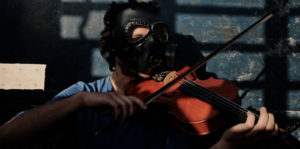
The average media consumer has a limited attention span when it comes to geopolitical conflicts. Let’s take Ukraine as a specimen. In the first few weeks of the conflict, there was breathless media coverage, an avalanche of chatter on social media, and heated conversations even among the apolitical. But, things have cooled off. One cannot help but sense a waning focus when it comes to that war. I bring up Ukraine in order to underscore the lack of attention currently given to conflicts in non-European/Anglo nations that have been invaded by the U.S. — Iraq and Afghanistan — or involved in proxy conflicts wherein the U.S. has a stake such as Yemen.
The title of director David Henry Gerson’s documentary, The Story Won’t Die, is quite telling. The film brings our attention back to one of the bloodiest human tragedies of the twenty-first century, the Syrian Civil War. Gerson focuses on the Syrian diaspora, specifically a group of young artists living in Berlin, Paris, and Amsterdam. The Syrian conflict began when protests erupted against the regime of President Bashar al-Assad. A flurry of street demonstrations, anti-Assad social media posts, and protest art swept through the country. Young people felt alive and full of hope. They felt their voice mattered, and change was within reach.
As expected, the reaction from the Assad regime was swift and brutal. Numerous musicians, dancers, and visual artists recount their experiences of imprisonment over social media postings and protest song releases. They talk about being tortured, discuss recruitment efforts by different forces, including ISIS, ostracization, and emotionally bring up the killing of family members in the bloody civil war.
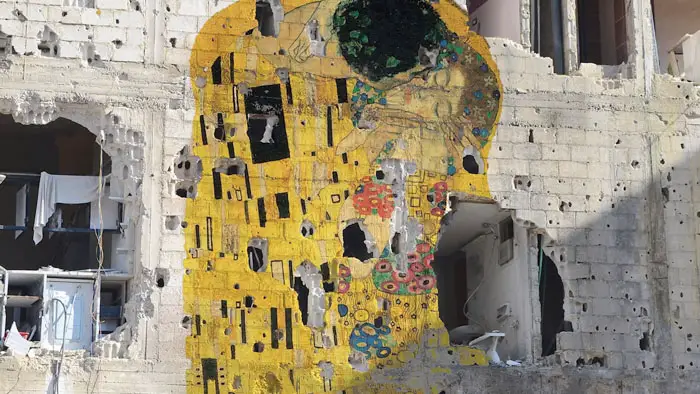
“…brings our attention back to one of the bloodiest human tragedies of the twenty-first century, the Syrian Civil War…”
The brutality of war and torture was only half the struggle for many of these young artists. The second part of that struggle involved life-threatening migration journeys, refugee camps, and even homelessness. But, to the filmmaker’s credit, he does not merely focus on political heartache and struggle. Instead, Gerson showcases the artistry of these young talented Syrians. From the lyrical flow of rapper Abu Hajar to the drawings of Dialas Brisly, to the postmodern visual mashups of Tamman Azzam, to the many others featured, these are all serious artists that have transformed their pain into beauty. In what is the most emblematic story capturing both the pain and the artistic drive of these artists, a group of musicians land on European soil and immediately give away CD samples of their music to those awaiting them on the coast.
The Story Won’t Die, admittedly, follows the standard rules of documentary filmmaking. Nevertheless, the artists and that special alchemy they possess to transform pain into art make it a compelling watch. Some are asked to comment on the freedoms they have gained now that they live in Western Europe. Their responses are insightful. While they admit that they appreciate the freedom to express themselves artistically without fear of arrest or torture, they feel that their art does not have the same potency it had in their home country. In Syria, their art posed a threat to the status quo, hence the brutal crackdown on the part of the Assad regime. In Europe, their art faces no opposition. In fact, it gets absorbed, consumed, and sterilized by a culture oversaturated by expression and communication.
The Story Won’t Die gives us hope that what happened in Syria won’t be drowned out or forgotten and that bold artistic expression that disrupts the West’s status quo will also not die. These young Syrian artists keep such hopes alive.
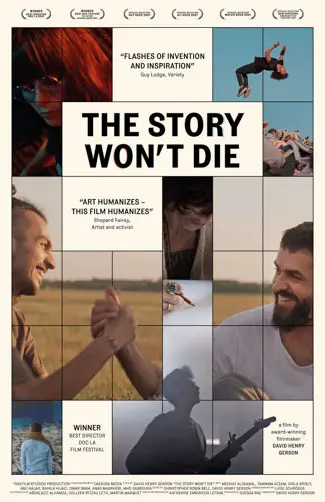
"…gives us hope that what happened in Syria won't be drowned out or forgotten..."
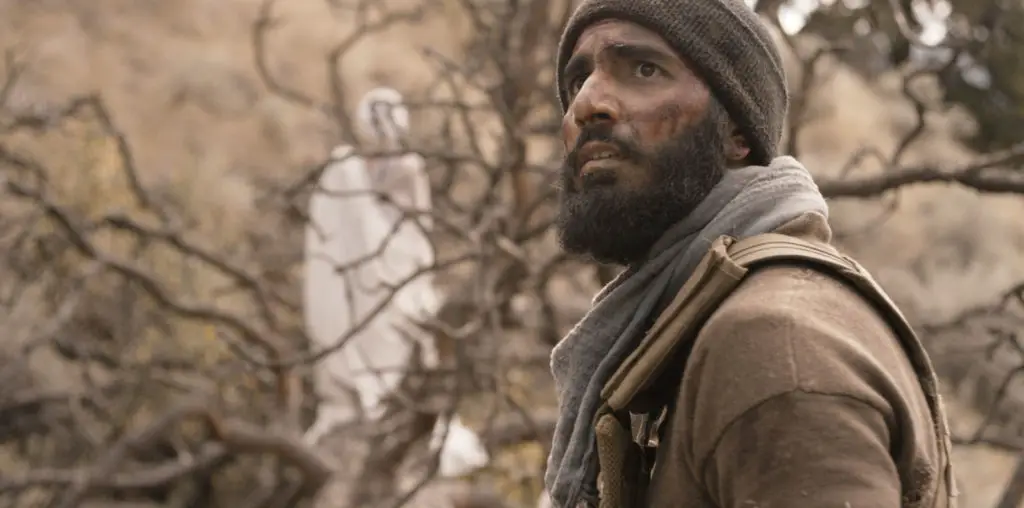
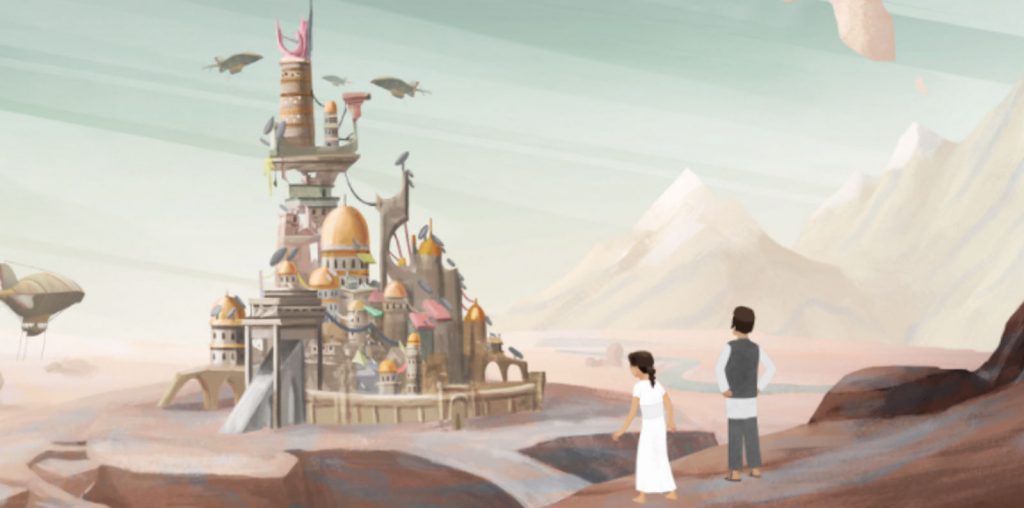
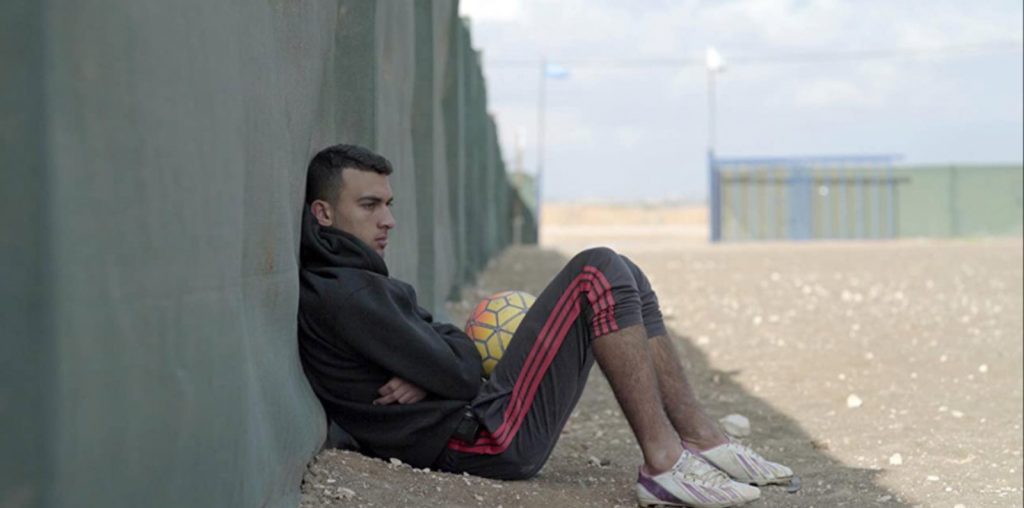
[…] Source link […]